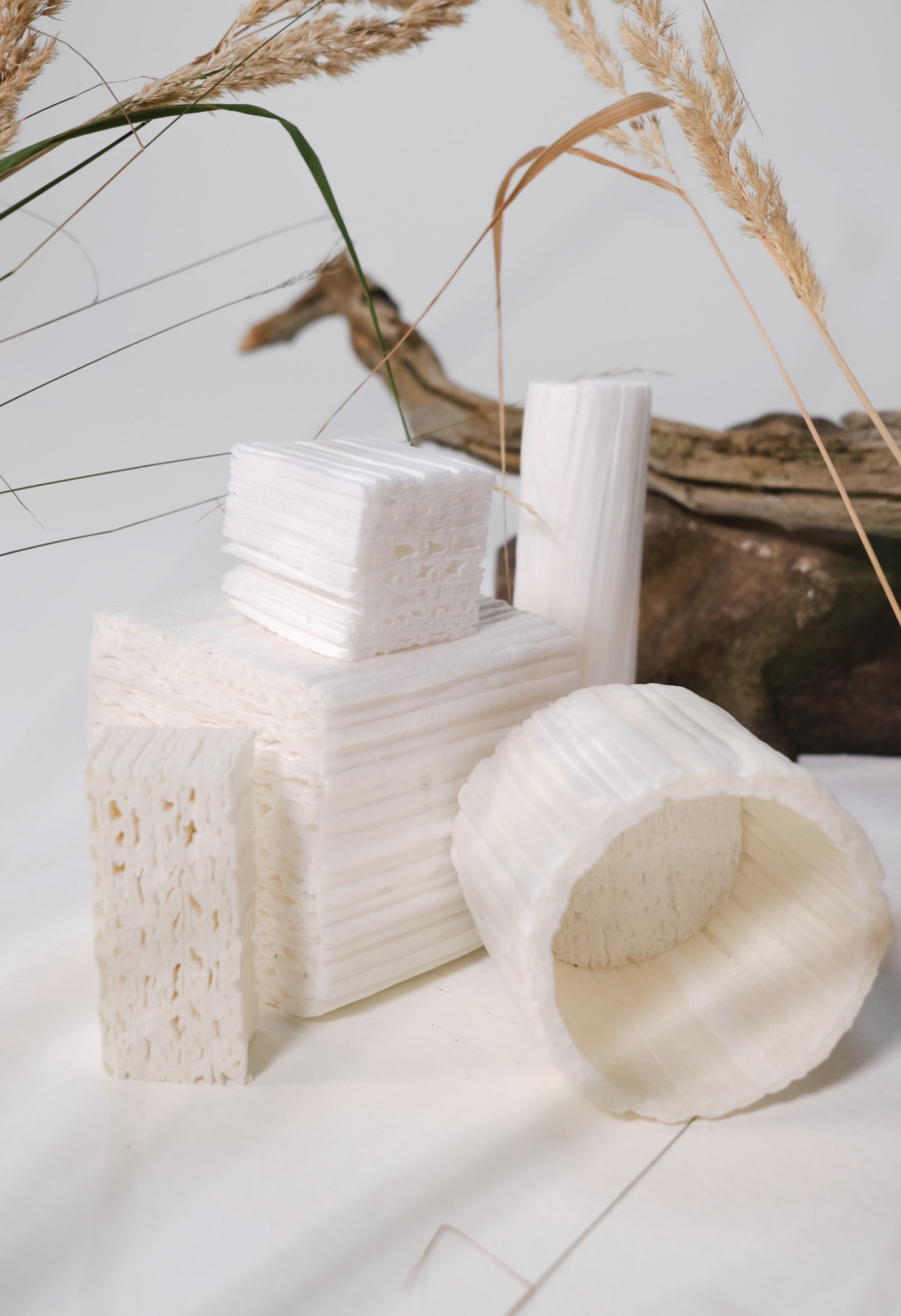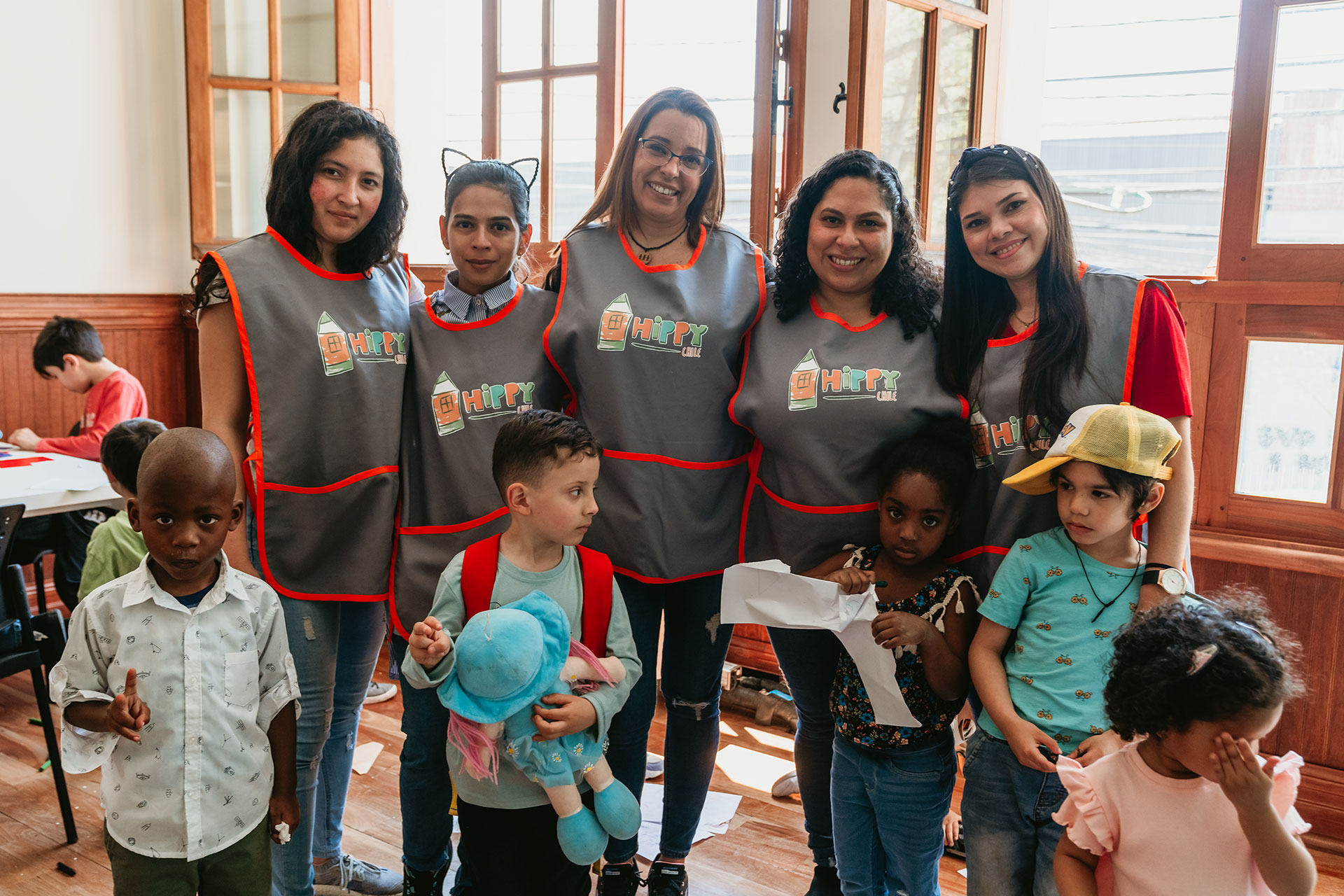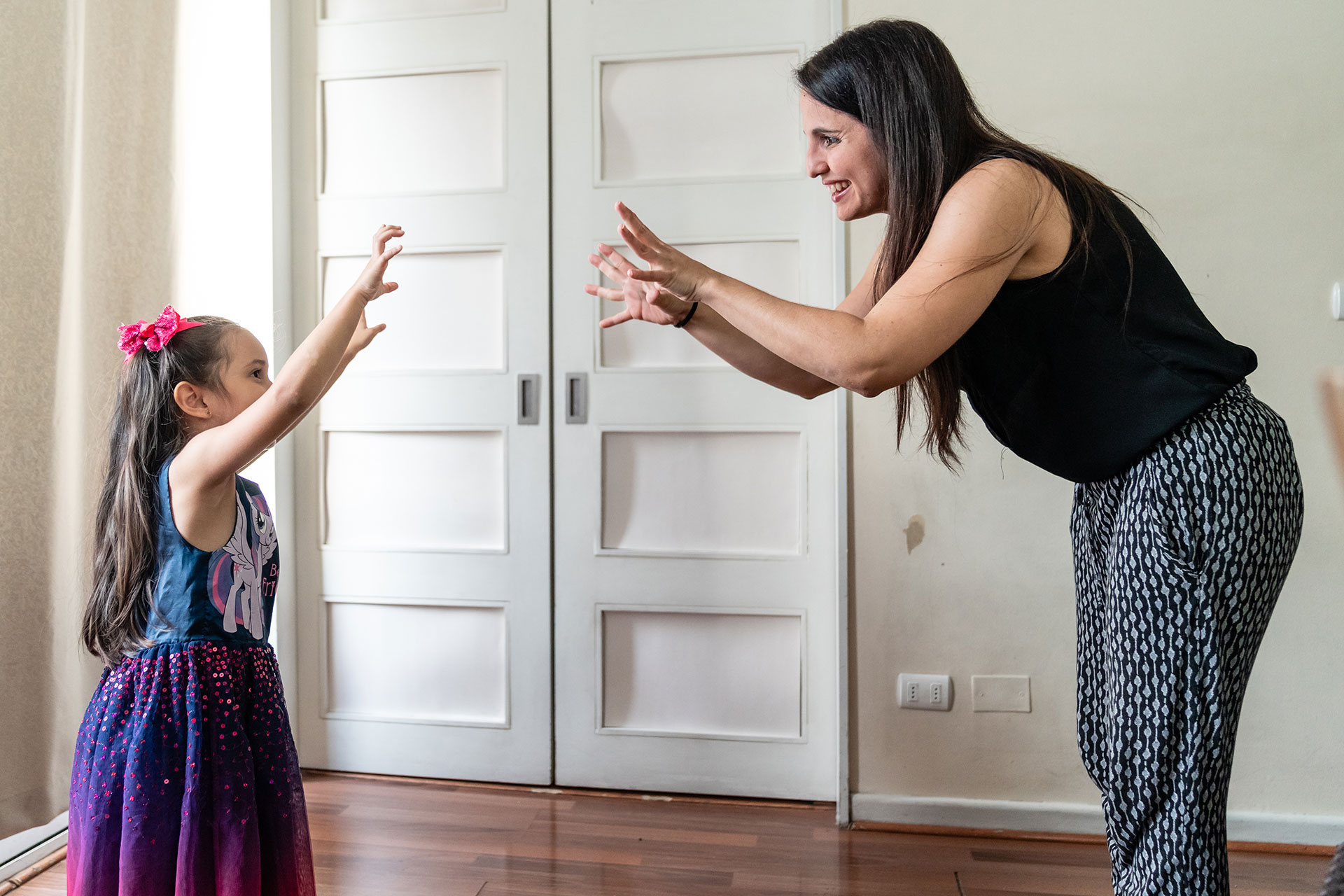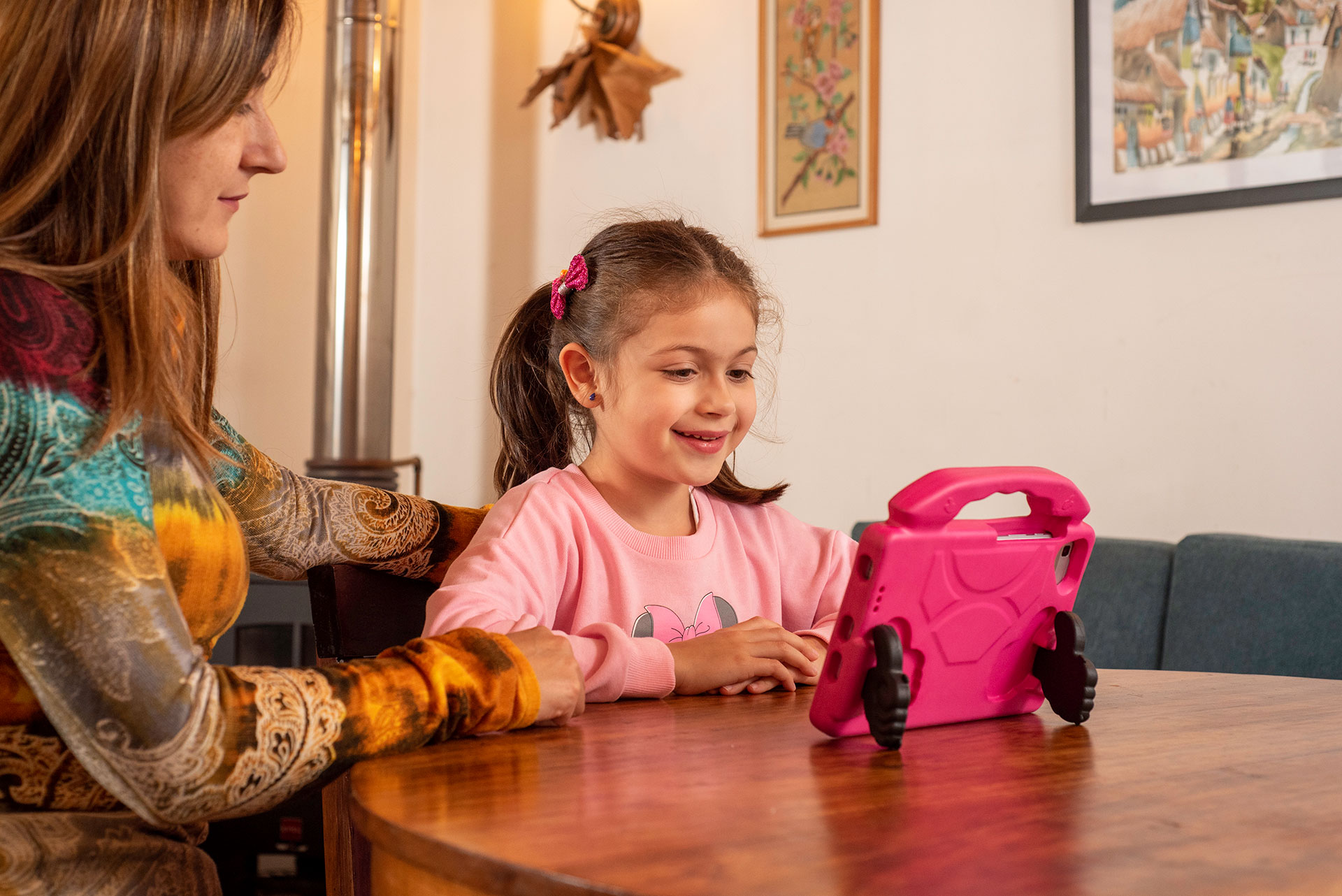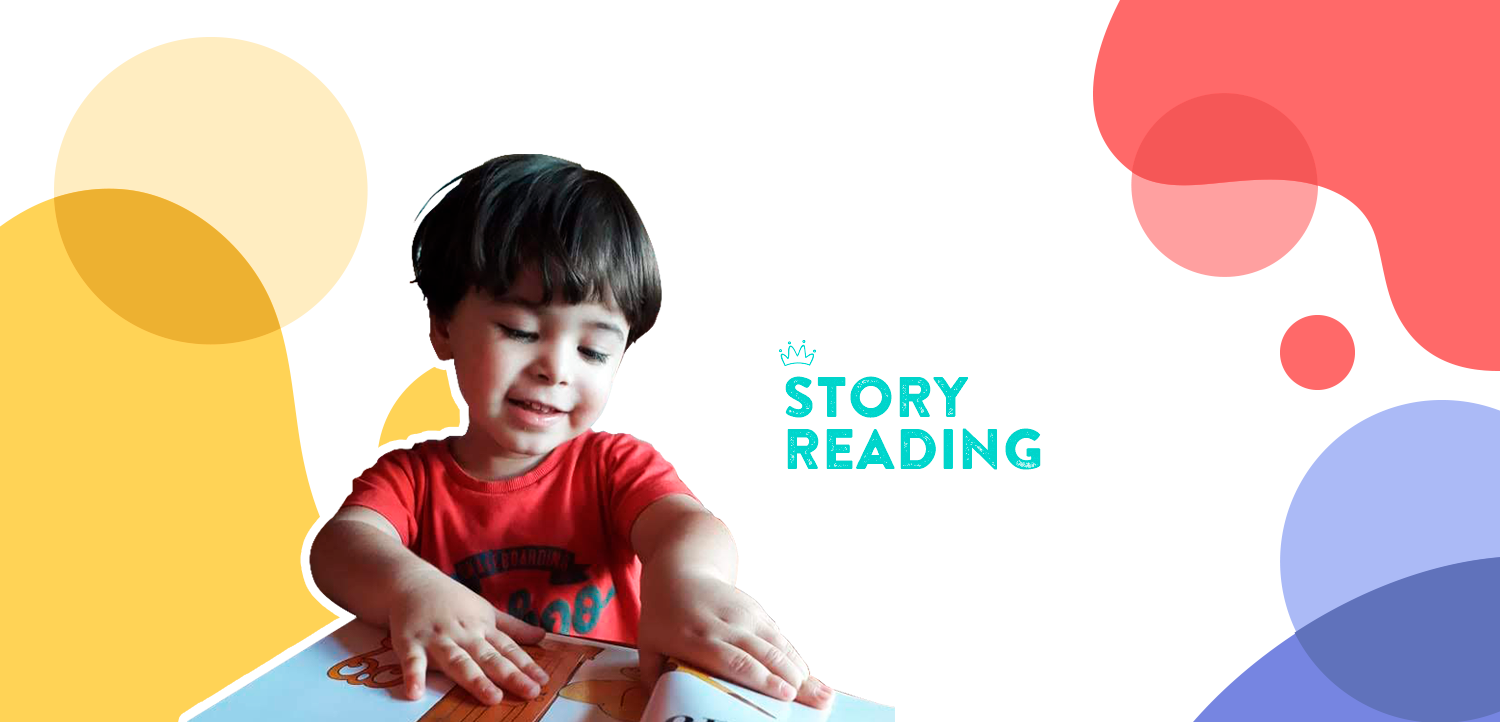
Reading stories
19 de March, 2020
How does it help?
-Time of exclusive dedication to the child.
-Child develops his/her taste for reading. That stimulates that he/she wants to approach more to books and learn through them.
-Child learns basic elements of books (author, title, illustrator, pages, how it is read, etc.).
-The child learns more vocabulary, expands his or her knowledge of the world and stimulates creativity. Many begin to learn sounds and later associate them with printed letters.
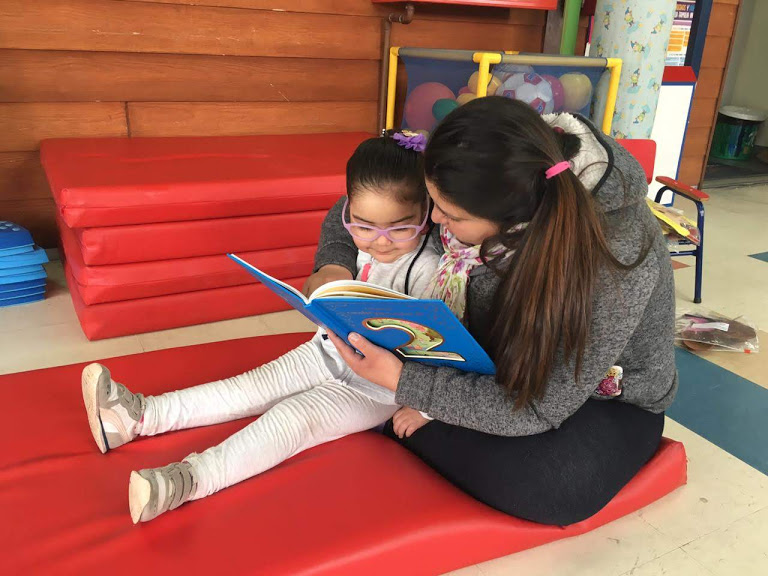
How can we do it better?
Choose the right time to stay focused and enjoy reading together.
Hopefully it becomes a daily routine.
It is important that children are active and share the reading of stories with adults, through dialogue, with questions and conversation.
You can read the stories you have at home or read from these links below:
http://www.cuentosinfantilesadormir.com/descargarcuentosinfantiles.htm
https://elestudiantedigital.com/libros-en-pdf-para-ninos/
Structure of story reading
Before:
Formal elements of the story: title, author, illustrator, pages, spine, cover, back cover, beginning, end. Ask him/her about the cover drawings and what the book will be about.
During:
Read pointing to the drawings and sometimes the words as well. Explain words that can be difficult. Ask her/him about what they see in the drawings, what they think the characters feel or think, or what’s going to happen next.
After:
Ask him/her what he/she thought of the book and what he/she most or least liked. Have conversations around the book, its characters, history, etc.
Allow the child to manipulate the book on his or her own and to play to tell the story, if he or she shows that interest.






